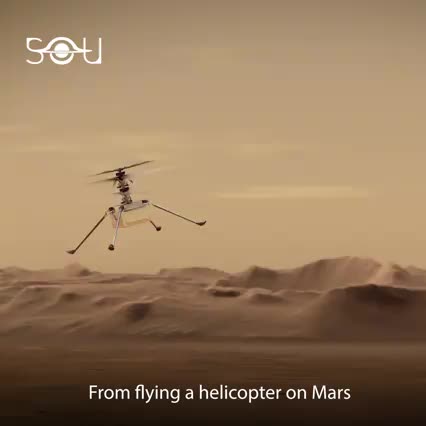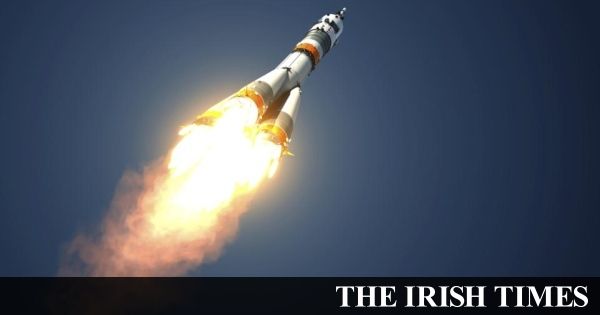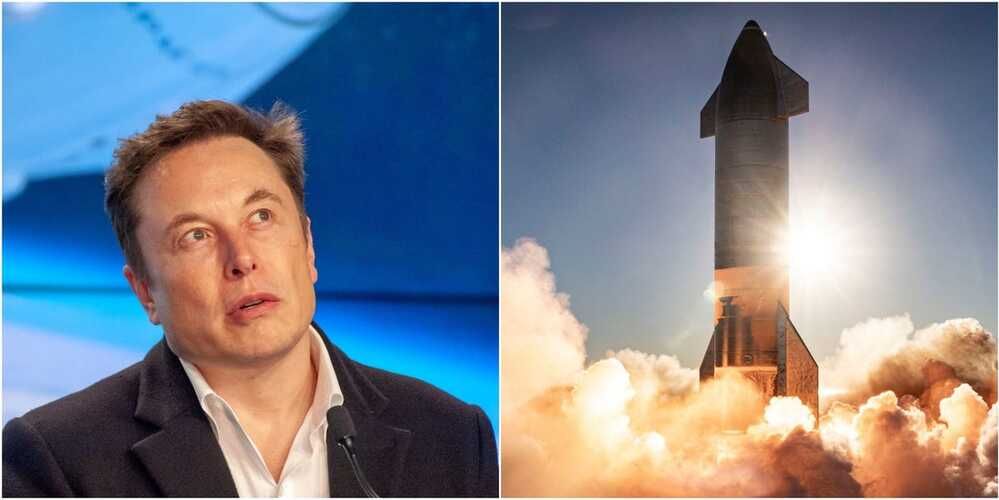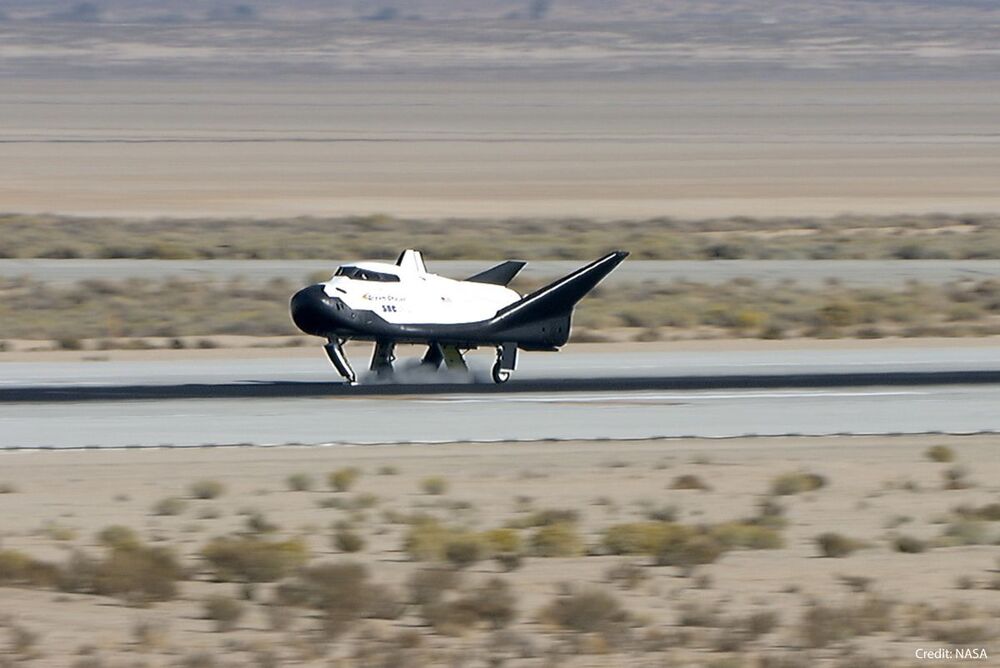Billionaires Elon Musk, Jeff Bezos, and Richard Branson all want to send private citizens to space. Their respective companies, SpaceX, Blue Origin, and Virgin Galactic are dedicated to making space travel and space tourism more accessible.
Narrator: SpaceX, Blue Origin, and Virgin Galactic are in a modern space race. Similar to when the United States and the Soviet Union competed to get astronauts on the moon, these billionaire-run companies are racing to bring people like you and me to space. But how will they do it?
Let’s start with Blue Origin, the passion project of Amazon CEO Jeff Bezos. Blue Origin’s focus is on commercial space flight, or space tourism. It plans to shoot a booster rocket with an attached passenger capsule to 60 miles above the surface into sub-orbital space. At the top of the rocket’s arch, the capsule will detach, and for about four minutes, passengers will experience weightlessness. They’ll be allowed to unbuckle their seat belts and float around the cabin, looking out the window at the curvature of the Earth. The capsule will then start to fall back into the atmosphere, and parachutes will deploy to bring it down slowly. The whole trip only lasts about 11 minutes. A ticket on Blue Origin’s New Shepard will likely cost more than $200000. That’s over $18000 a minute. Blue Origin has tested the New Shepard rocket nine times, and the company still hopes to send civilians into space in 2018.








